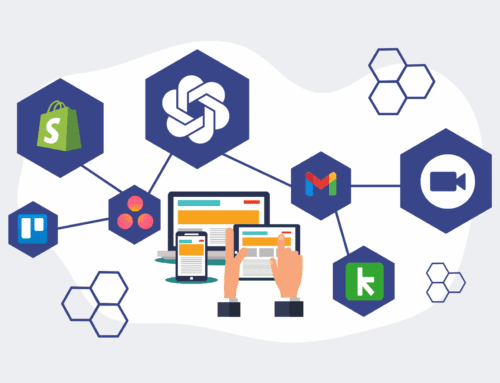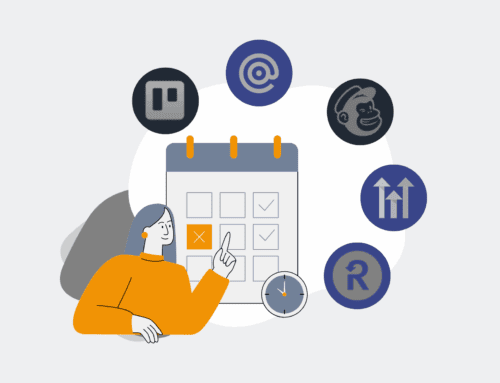A Step-by-Step Guide to Developing an Ethical AI Framework for HR Practices
The rise of Artificial Intelligence in HR offers unparalleled opportunities for efficiency, predictive insight, and enhanced employee experiences. However, leveraging AI responsibly demands a proactive approach to ethics. Without a thoughtfully constructed ethical framework, organizations risk algorithmic bias, privacy breaches, and erosion of trust. This guide provides a practical, sequential roadmap for HR leaders to establish a robust ethical AI framework, ensuring your AI initiatives are fair, transparent, and fully compliant.
Step 1: Assess Current AI Usage and Identify Potential Ethical Risks
Begin by conducting a comprehensive inventory of all existing and planned AI applications within your HR department. This includes tools for recruitment, talent management, performance evaluation, employee sentiment analysis, and predictive analytics. For each identified AI system, meticulously assess potential ethical risks such as algorithmic bias (e.g., in screening candidates), data privacy concerns (e.g., sensitive employee data handling), lack of transparency in decision-making, and the impact on job roles or human oversight. Collaborate with cross-functional teams—including legal, IT security, and diversity and inclusion specialists—to ensure a holistic risk assessment. This foundational step is critical for understanding your current landscape and prioritizing where ethical guidelines are most urgently required.
Step 2: Define Core Ethical Principles and Organizational Values for AI
The bedrock of any effective ethical AI framework is a clearly articulated set of principles that align with your organization’s overarching values and ethical code. These principles should guide every stage of AI design, deployment, and governance within HR. Key considerations typically include fairness (ensuring equitable treatment and outcomes for all employees and candidates), transparency (making AI processes understandable where feasible), accountability (assigning clear responsibility for AI-driven outcomes), data privacy (rigorously protecting sensitive personal information), and human oversight (maintaining the ability for human intervention and ultimate decision-making). Involving key stakeholders in the principle definition process fosters essential buy-in and ensures a collective commitment to responsible AI adoption.
Step 3: Establish Robust Governance and Oversight Mechanisms
An ethical framework requires strong governance to remain effective and adaptable. Create a dedicated AI ethics committee or integrate AI ethics responsibilities into an existing governance structure, such as a Data Governance or HR Strategy committee. This body should be multidisciplinary, featuring representatives from HR, legal, IT, compliance, and potentially employee groups. Define precise roles, responsibilities, and decision-making authority for addressing AI-related ethical dilemmas. Implement systematic processes for regular ethical audits, impact assessments, and continuous monitoring of AI systems’ performance. This structured approach ensures ongoing adherence to your established principles and provides a formal pathway for addressing new challenges as AI technology rapidly evolves.
Step 4: Implement Strategies for Bias Detection and Mitigation
Algorithmic bias represents a significant ethical and operational challenge for HR AI, capable of perpetuating or amplifying existing societal biases. Proactively integrate tools and methodologies to detect and mitigate bias in your AI models, particularly in high-impact areas like recruitment, promotion, and performance management. This involves utilizing diverse and representative training datasets, regularly auditing algorithms for discriminatory outcomes (e.g., disparate impact on protected groups), and employing explainable AI (XAI) techniques to understand the factors driving decisions. Establish clear remediation plans for identified biases, which may include retraining models, adjusting weighting criteria, or incorporating additional human review checkpoints. Continuous vigilance and proactive measures are non-negotiable for ensuring AI systems promote equity.
Step 5: Prioritize Data Privacy, Security, and Employee Consent
HR AI systems inevitably process vast quantities of sensitive personal data, making robust data privacy and security paramount. Ensure your ethical framework fully complies with all applicable data protection regulations, such as GDPR, CCPA, and any industry-specific mandates. Implement rigorous data anonymization, encryption, access control measures, and regular security audits. Crucially, establish clear communication protocols with employees and candidates, informing them precisely what data is collected, how it is utilized by AI, and their rights concerning their personal information. Where appropriate, obtain explicit consent for data use beyond standard operational purposes. A steadfast commitment to data privacy not only mitigates legal and reputational risks but also fosters essential trust among your workforce.
Step 6: Foster Transparency and Stakeholder Communication
Building and maintaining trust in AI requires transparency, even when algorithms are proprietary. Strive for clarity regarding your AI’s *purpose*, *process*, and *impact* within HR. Clearly communicate to employees, candidates, and other stakeholders when and how AI is being used in HR decisions, the types of data it relies on, and what recourse individuals have if they believe an AI-driven decision was unfair or incorrect. Provide clear, understandable explanations for AI-generated recommendations or decisions whenever possible. Educate HR staff and managers on the ethical implications of AI and how to communicate these effectively. Open and honest communication demystifies AI, reduces apprehension, and demonstrates your organization’s unwavering commitment to ethical and responsible practices.
If you would like to read more, we recommend this article: Mastering AI in HR: Your 7-Step Guide to Strategic Transformation







